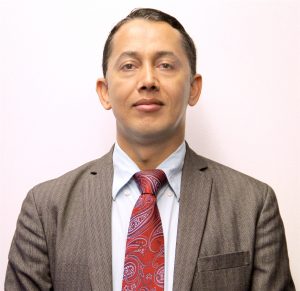Published in The Republica on Oct. 11, 2017
English, most of us believe, is an “international language,” one that offers greatest economic opportunity for everyone, as well as tremendous cultural capital and connection to the “whole world.” Facts related to these claims are a little more complicated, as I will follow up in the next essay; in this one, let me describe a few historical and geopolitical dynamics behind the above assumptions.
English has an interesting political history in Nepal. Although English speakers had reached the region in late 1700s, the rulers of a nation that was being established started learning “Angreji” as they developed a love-hate relationship with British colonizers in India in the mid-1800s. So, English facilitated geopolitical power struggles in the region, especially when Nepal’s rulers supported British colonizers during the 1857 Indian Mutiny, in exchange for favors related to national sovereignty and suppression of democratic forces at home. Similarly, while a permanent residence for a British envoy was established in Kathmandu in 1792, the language entered formal education when the first “modern” and also English-medium school, Durbar School, was established in 1853. The school was only meant for children of the ruling class, since the Shah-Rana regime (1846-1951) wanted to keep the country politically isolated from the world outside. But more and more people around the autocratic rulers kept learning it as a means of privilege and power.
In a striking case of politicization of English, the ultra-nationalist Panchayat regime tried and failed to make it inaccessible to the public. King Mahendra’s national education policies attempted to enforce a Nepali-only language policy, seeking to ban English while also destroying other local languages rather callously: “If the younger generation is taught to use Nepali as the basic language,” said the Nepal National Education Planning Commission of 1956, “then other languages [of ethnic minorities] will gradually disappear, the greater the national strength and unity will result. . . Local dialects and tongues other than Nepali should be vanished [banished?] from the playground as early as possible in the life of the child.” In fact, the regime used the national census to show the number of languages in Nepal declining from 44 in 1952 to 17 in 1971 (as we know, there are more than ten dozen languages now). Continue reading





